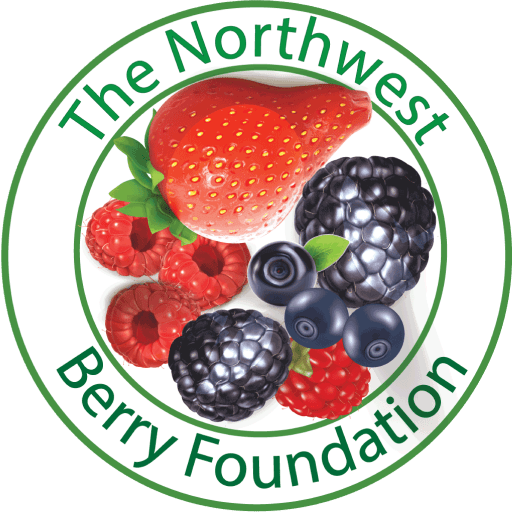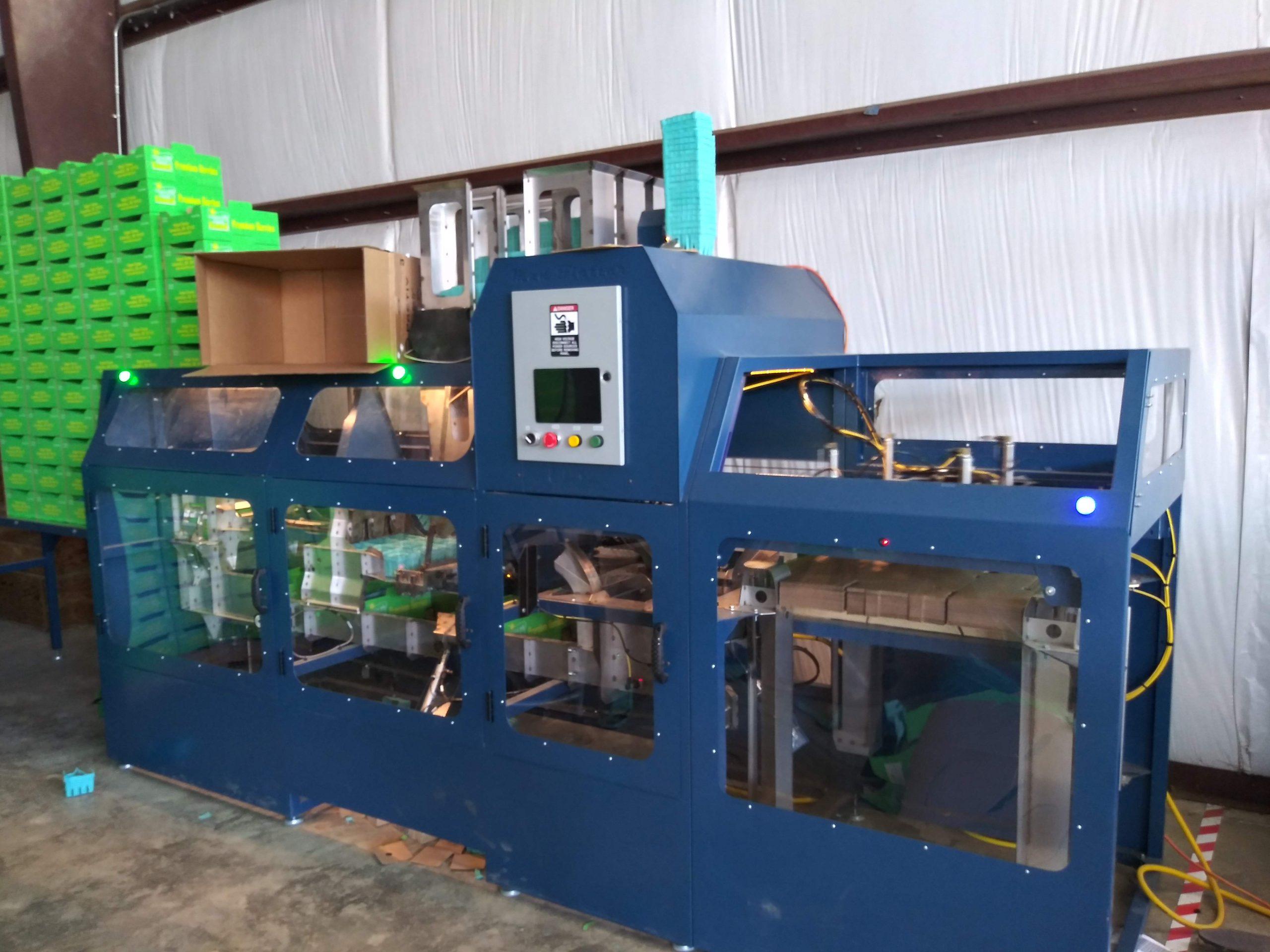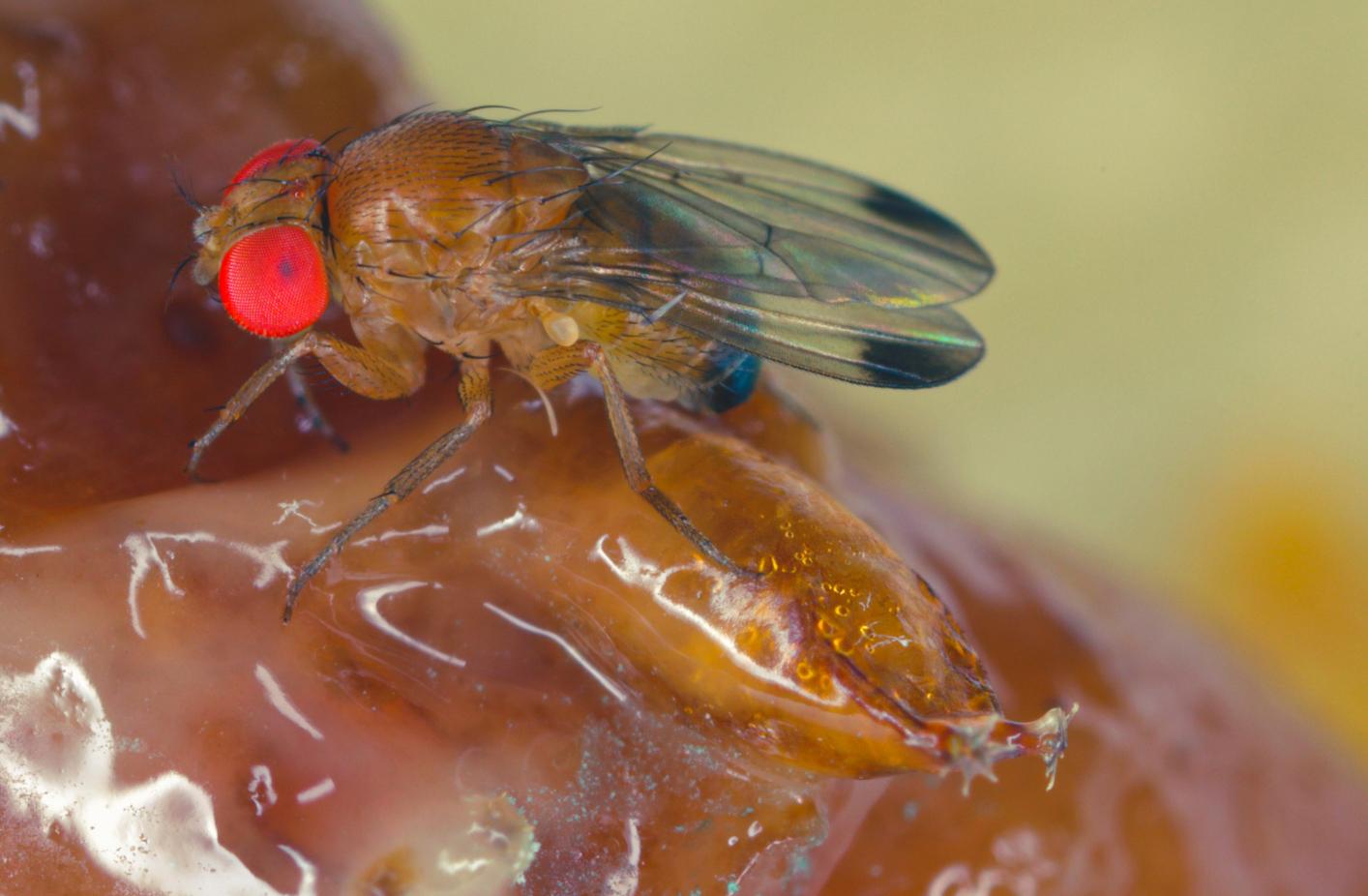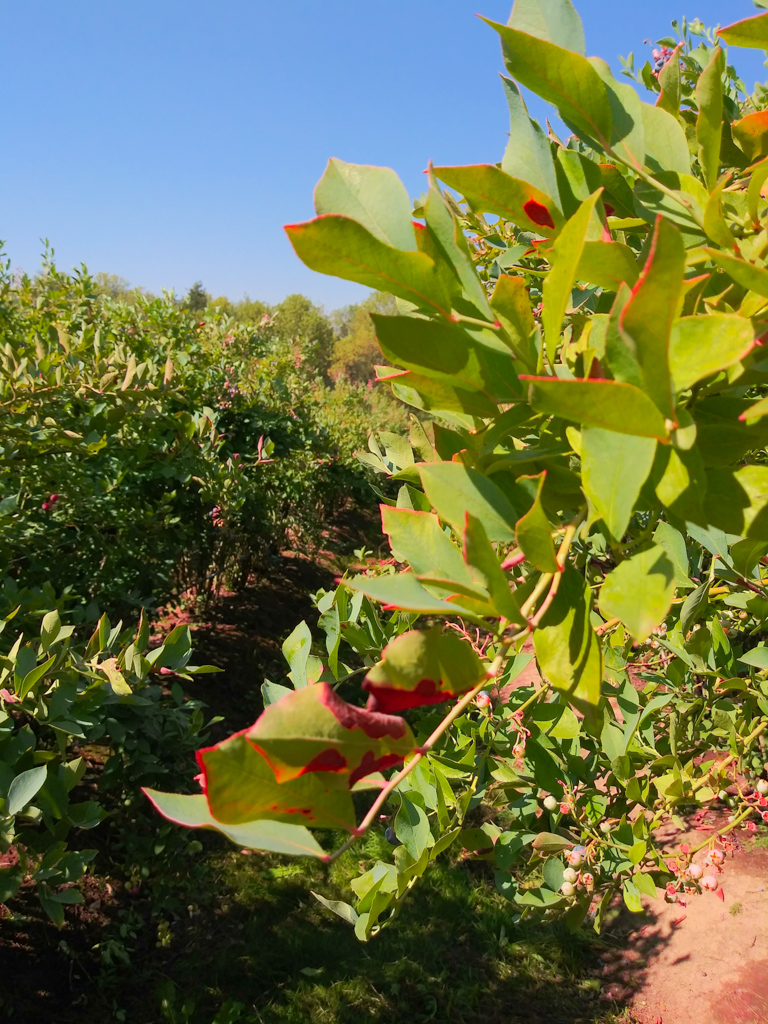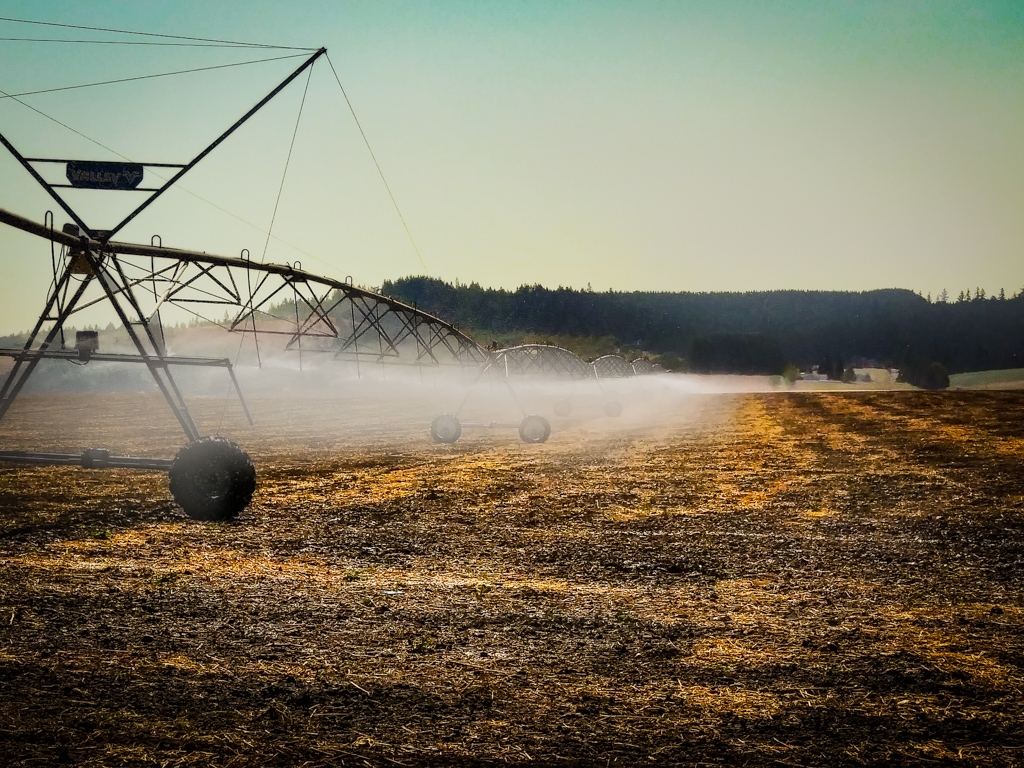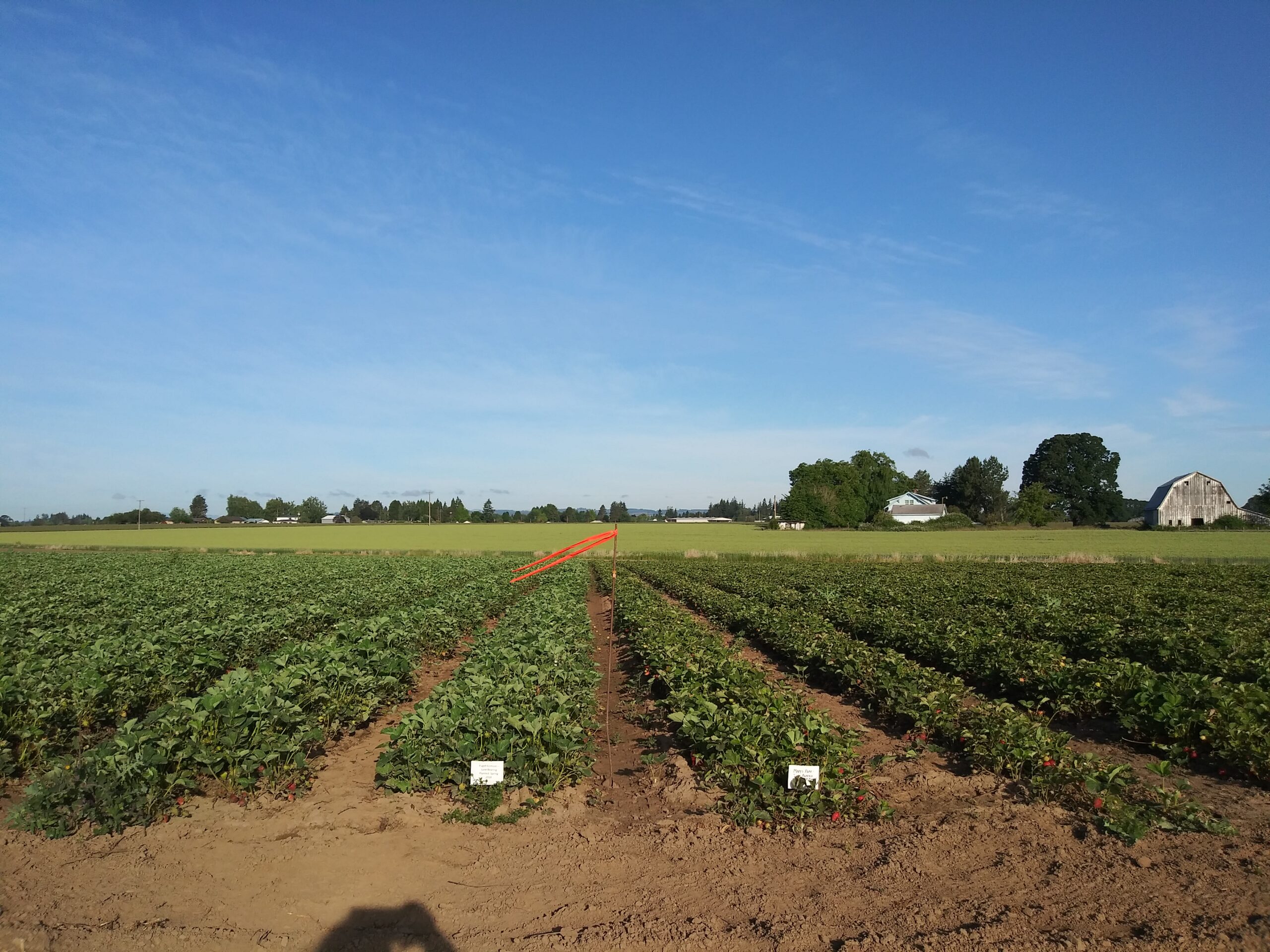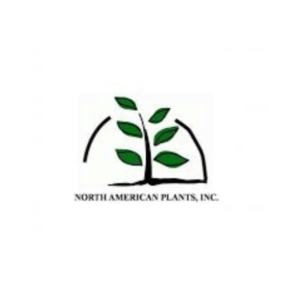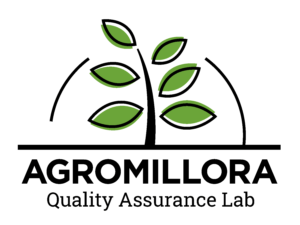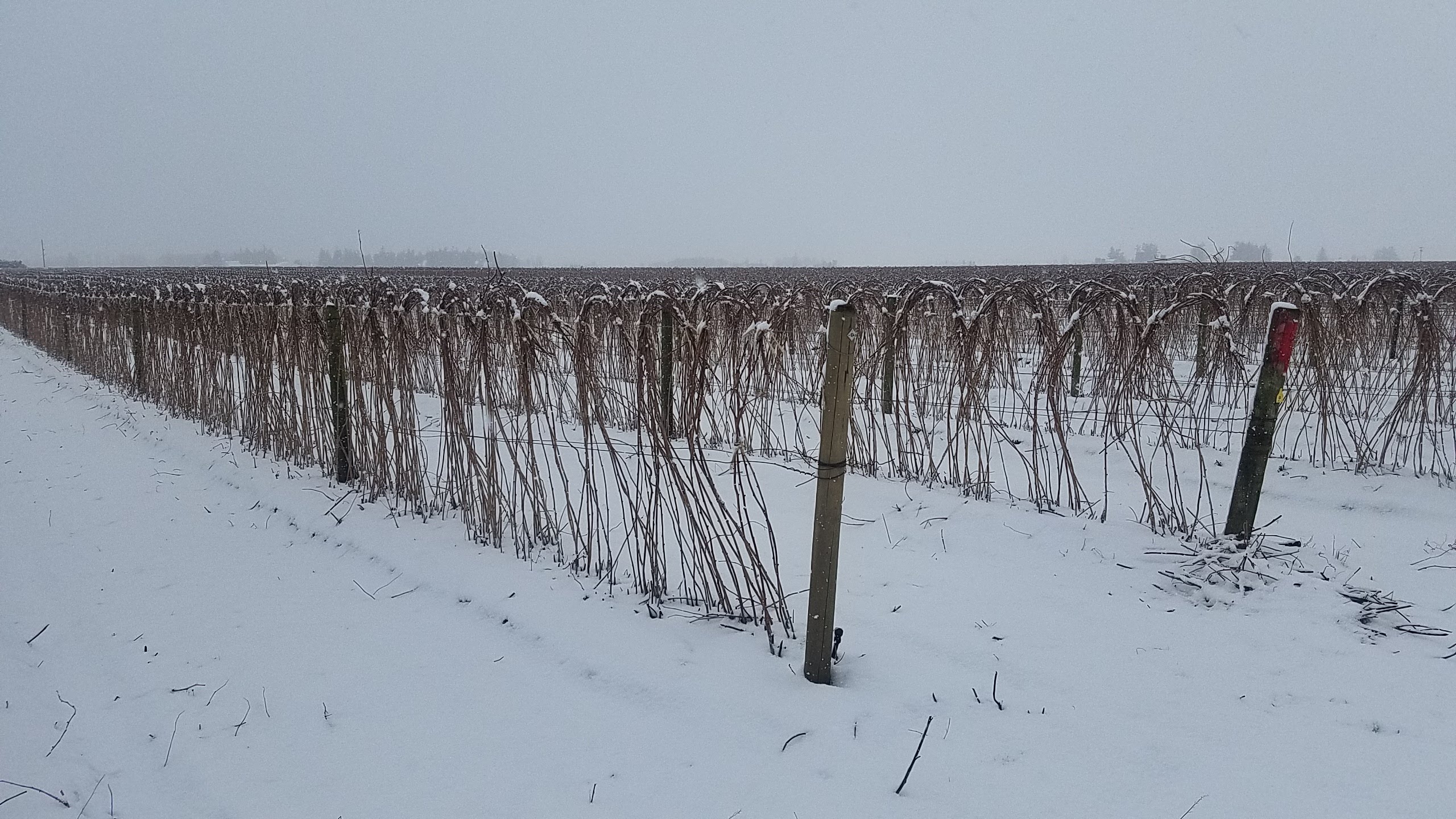
The latest USDA Plant hardiness zone map was just released. Developed by USDA’s Agricultural Research Service and Oregon State University’s PRISM Climate Group, the map is meant to determine what plants will more likely thrive in a specific location. This map was last updated 11 years ago in 2012 with the newest version having even more details than the last.
Broadly speaking, about half of the country shifted up by a half zone (a half zone being 5-degree Fahrenheit difference and full zone being 10-degree Fahrenheit difference). This is based on the average annual extreme minimum temperature in the last 30 years. Therefore, there have been warmer minimum temperatures some years and much cooler temperatures other years over the past 30 years.
Speaking specifically to the Pacific Northwest berry production, there are plenty of additional factors to consider when considering future plantings and infrastructure to protect said future plantings. Regional differences like light, soil moisture, temperature extremes, duration of cold temperatures, wind desiccation concerns, and humidity in any one location play into what varieties might thrive in our specific regions. Take raspberries for example. While many factors outside of climate contributed to the decline of raspberry production in Oregon, one of those factors was temperature extremes during the growing season affecting the delicate fruit prior and during harvest. So while those plants can withstand the temperatures in the zones in Oregon, growers have to consider cooling methods to help mitigate adverse effects on those plants. Similarly, Northwest Washington raspberry plantings flourish by vetting the most promising selection abilities to withstand the cold, windy winter conditions that tend to sneak into that region. Lots of considerations play a role in planting choices made.
That being said, were there any surprises on the zone map updates?
What would help you consider trying plants that might push zone extremes for the sake of expanding your market?
What upper zones should be considered for successful planting?
